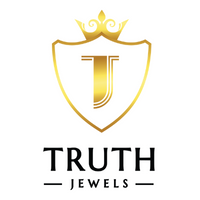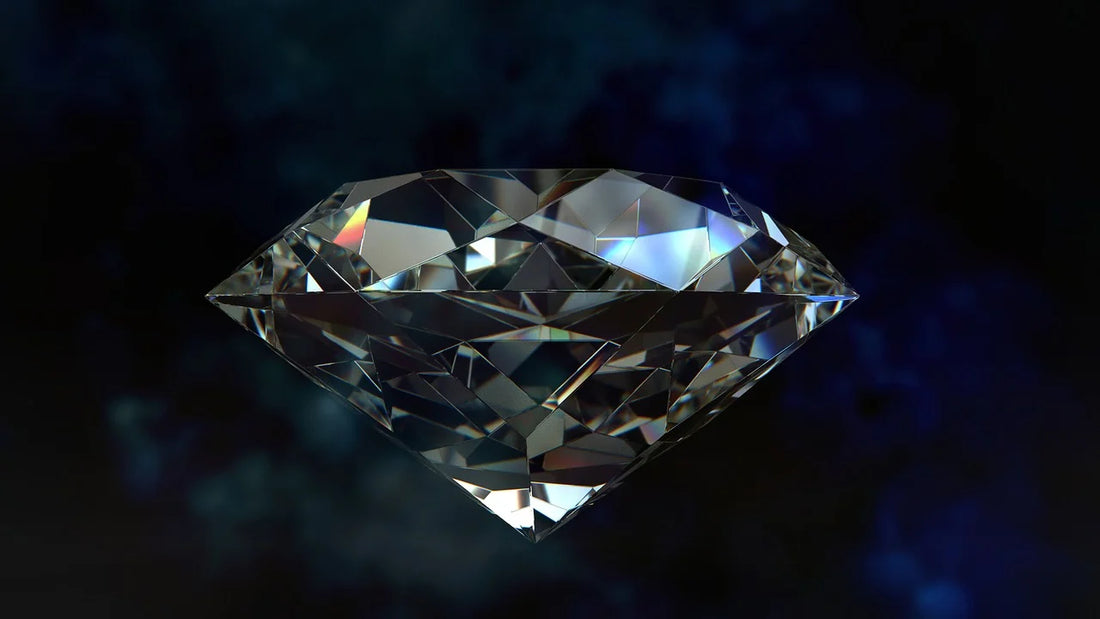Buying a diamond can be an overwhelming experience, especially if you need to become more familiar with the factors that determine its quality. This guide will help you understand what affects diamond quality and how to make an informed purchase. We will cover the fundamental aspects of diamond quality, including diamond shape, cut, color, clarity, and fluorescence.
What Affects Diamond Quality?
The quality of a diamond is primarily determined by the 4 Cs: Cut, Color, Clarity, and Carat weight. Each of these factors plays a crucial role in the overall appearance and value of the diamond.
- Cut: The cut of a diamond refers to how well it has been shaped and faceted. A well-cut diamond will have excellent brilliance and fire, reflecting light beautifully.
- Color: Diamonds come in various colors, from completely colorless to shades of yellow and brown. The less color a diamond has, the higher its quality.
- Clarity: Clarity measures the presence of internal or external flaws, known as inclusions and blemishes, respectively. The fewer inclusions and blemishes, the higher the clarity grade.
- Carat Weight: Carat weight measures the size of the diamond. While larger diamonds are generally more valuable, the other three Cs can greatly influence the overall quality and value.
What is Diamond Shape Quality?
Diamond shape refers to the geometric appearance of the diamond. The most common shapes include round, princess, oval, marquise, pear, cushion, emerald, and heart. Each shape has its unique characteristics and appeal.
- Round: The most popular and traditionally valued shape, known for its excellent brilliance and fire.
- Princess: A square or rectangular shape that offers a modern look and great brilliance.
- Oval: An elongated shape that can make the diamond appear larger than its actual carat weight.
- Marquise: A football-shaped diamond that maximizes carat weight and gives a unique look.
- Pear: A teardrop shape that combines the best features of the oval and marquise shapes.
- Cushion: A square or rectangular shape with rounded corners, known for its vintage appeal.
- Emerald: A rectangular shape with step cuts, known for its elegance and clarity.
- Heart: A romantic shape that is often chosen for sentimental reasons.
What is Diamond Cut Quality?
The cut quality of a diamond is perhaps the most important factor in determining its beauty. It affects how well the diamond reflects light, which in turn influences its brilliance and fire.
- Excellent/Ideal Cut: These diamonds are cut to exact proportions that maximize light reflection, resulting in exceptional brilliance and fire.
- Very Good Cut: These diamonds reflect most light that enters, offering high brilliance and fire.
- Good Cut: These diamonds reflect a good amount of light, but not as much as Very Good or Excellent cuts.
- Fair Cut: These diamonds reflect some light, but less than Good cuts.
- Poor Cut: These diamonds reflect very little light, resulting in a lackluster appearance.
What is Diamond Color Quality?
Diamond color quality is graded on a scale from D (colorless) to Z (light yellow or brown). Colorless diamonds are the most valuable because they allow the most light to pass through, resulting in greater brilliance.
- D-F: Colorless. These diamonds are extremely rare and highly valued.
- G-J: Near colorless. These diamonds have slight traces of color that are difficult to detect without comparison.
- K-M: Faint color. These diamonds have a noticeable tint, often yellow.
- N-R: Very light color. These diamonds have a more noticeable color.
- S-Z: Light color. These diamonds have an obvious color, often yellow or brown.
What is Diamond Clarity Quality?
Diamond clarity quality refers to the presence of inclusions (internal flaws) and blemishes (external flaws). The clarity grade ranges from Flawless (no inclusions or blemishes visible under 10x magnification) to Included (inclusions and/or blemishes visible to the naked eye).
- Flawless (FL): No inclusions or blemishes visible under 10x magnification.
- Internally Flawless (IF): No inclusions and only minor blemishes visible under 10x magnification.
- Very Very Slightly Included (VVS1 and VVS2): Inclusions are very difficult to see under 10x magnification.
- Very Slightly Included (VS1 and VS2): Inclusions are difficult to see under 10x magnification.
- Slightly Included (SI1 and SI2): Inclusions are noticeable under 10x magnification.
- Included (I1, I2, and I3): Inclusions are visible to the naked eye.
What is Diamond Fluorescence?
Diamond fluorescence refers to the diamond's ability to emit a soft glow when exposed to ultraviolet (UV) light. This glow can range from faint to very strong and can affect the diamond's appearance.
- None: No fluorescence.
- Faint: A slight glow under UV light.
- Medium: A noticeable glow under UV light.
- Strong: A strong glow under UV light.
- Very Strong: A very strong glow under UV light.
Fluorescence can impact the appearance of a diamond, sometimes making it appear whiter or more cloudy. In some cases, fluorescence can enhance the diamond's appearance, while in others, it can detract from it.
Conclusion
Understanding the factors that affect diamond quality is essential for making an informed purchase. By considering the diamond's shape, cut, color, clarity, and fluorescence, you can select a diamond that meets your criteria and budget. Remember to purchase from a reputable jeweler and seek guidance from a knowledgeable professional to ensure you find the perfect diamond.

